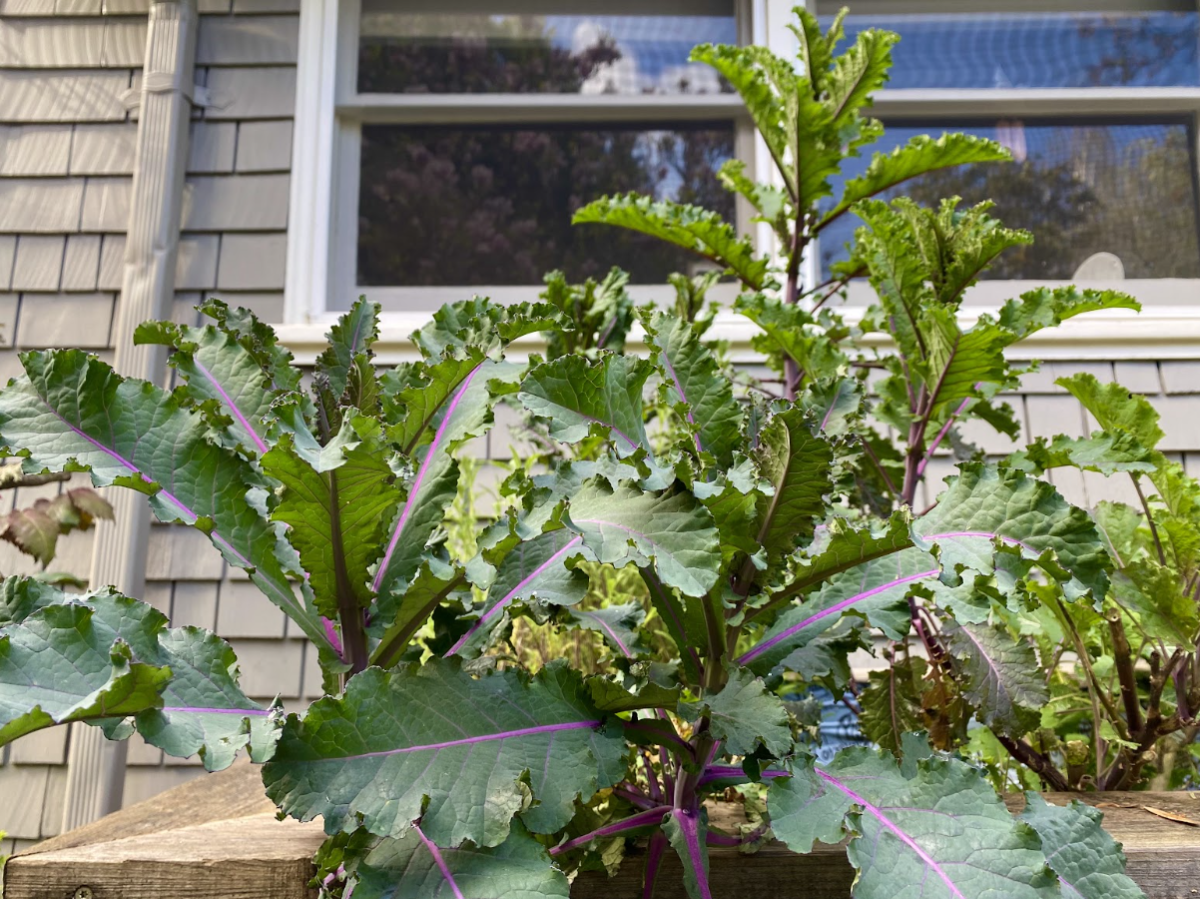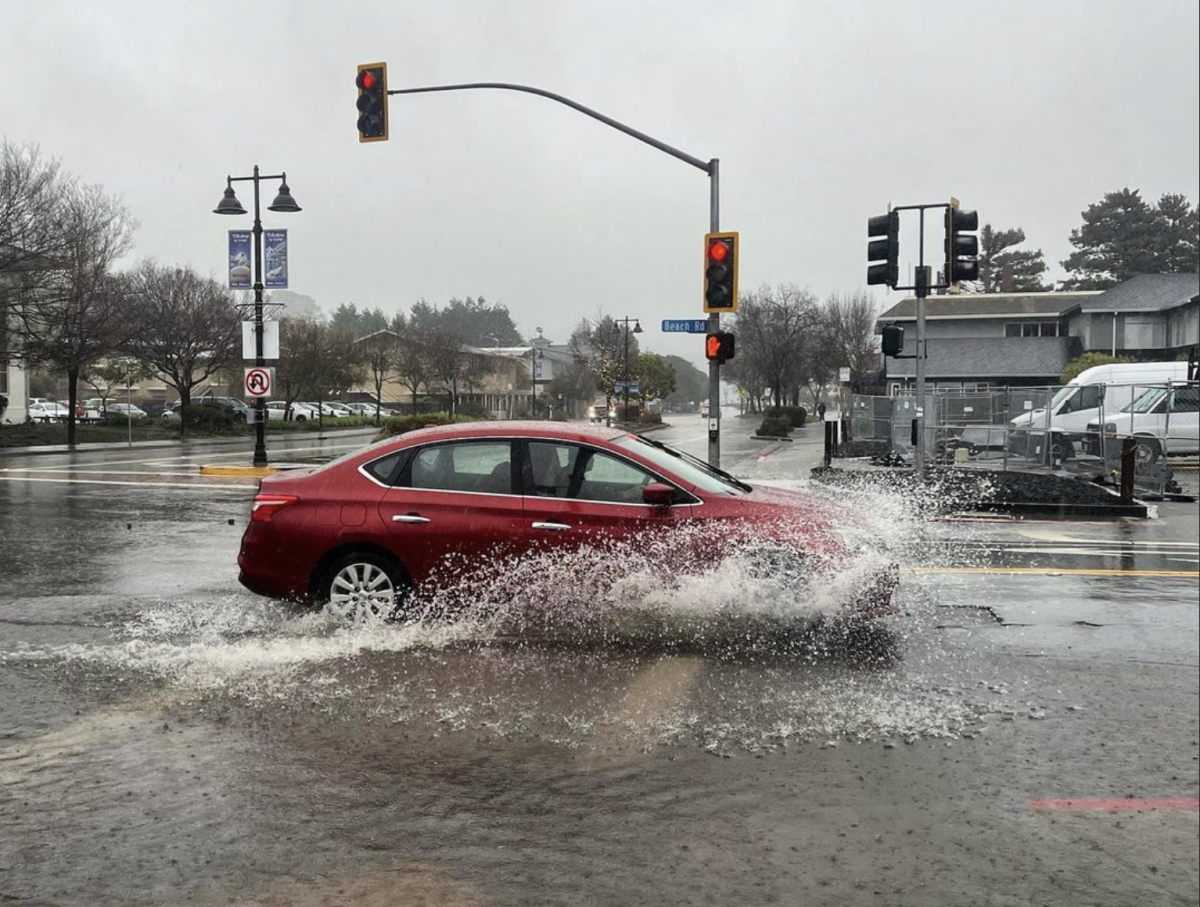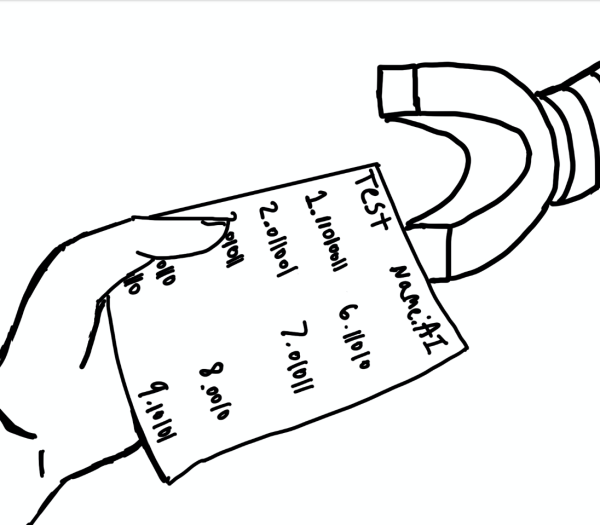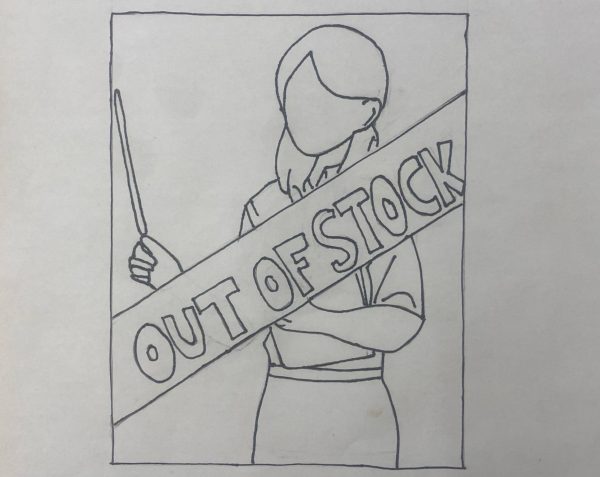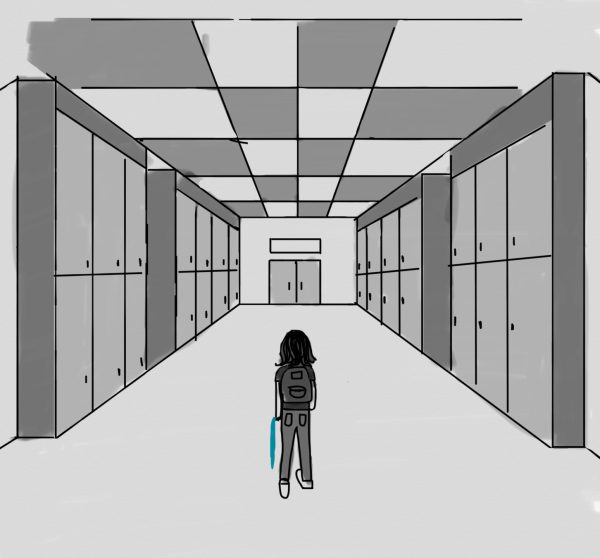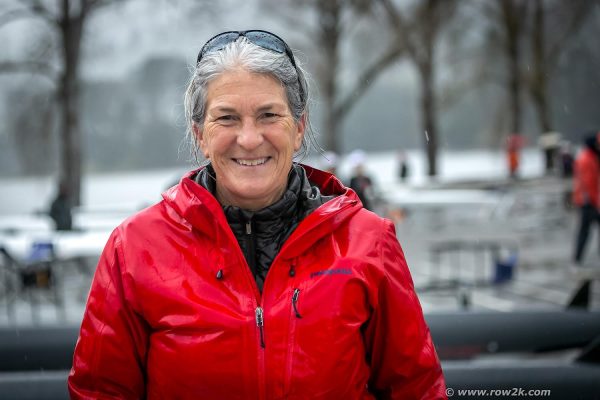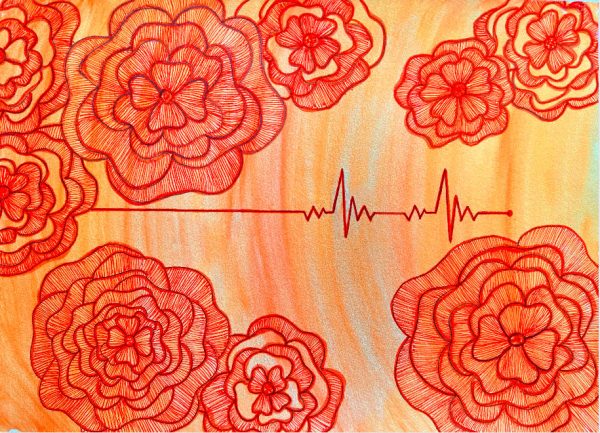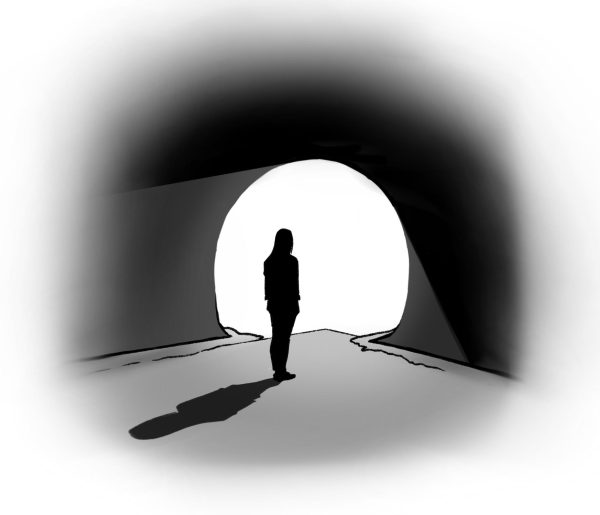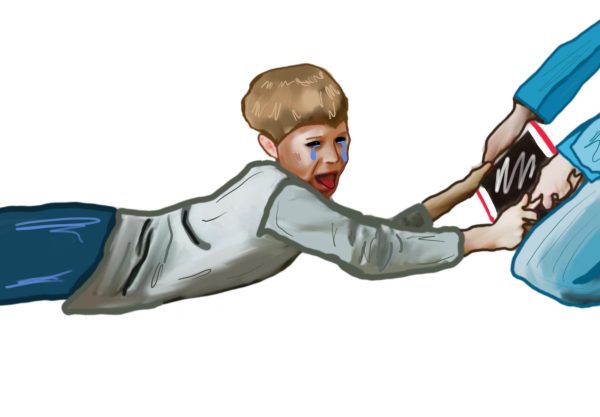Ice packs or liquid nitrogen? Demystifying the myths of cryotherapy
February 12, 2019
Since as far back as 2500 BCE, ice has been used to instantly reduce inflammation and treat injuries, according to the Dermatology Online Journal. A recent, local trend of cryotherapy follows the same idea, but with liquid nitrogen. At prices ranging from $60 to $100 per session, customers can submerge their bodies in temperatures far below freezing or get localized treatments that target specific areas of their body with nitrogen. The treatments’ actual effects vary for individuals, but companies boast results ranging from anxiety relief to healing torn muscles.
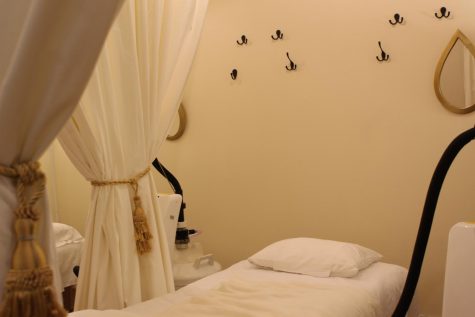
There are three businesses in Marin that devote their brand to cryotherapy: Brrrrr Cryotherapy, FLOAT Cryotherapy and Cryotherapy Wholebody. Nimada Kaufman, owner of Cryotherapy Wholebody, started her business over two years ago after receiving a treatment for muscle soreness. Based in Larkspur, her company uses a whole-body chamber to apply nitrogen vapor from the neck down and localized cryotherapy to direct the nitrogen to a specific area of the body with temperatures that can drop to -220 degrees Fahrenheit.
“I was training at the gym and I was really inflamed, because cryotherapy’s good for inflammation, so I Googled what to do about it and I went to try cryotherapy and I loved it. I hopped out of the machine and I said ‘I want to do this,’” Kaufman said.
Senior Racquel Fox started working at Cryotherapy Wholebody one month ago after visiting as a client. She carries out cryotherapy facials and localized treatments, runs the whole-body chamber, does laundry, sweeps the floors and receives free treatments every time she works, which is about three to four times per week.
“I have trouble sleeping, like I can’t go to sleep until after midnight, and I’m one of those people that needs eight hours of sleep. After I get cryotherapy, I just sleep so much better so for me that’s helped a lot,”
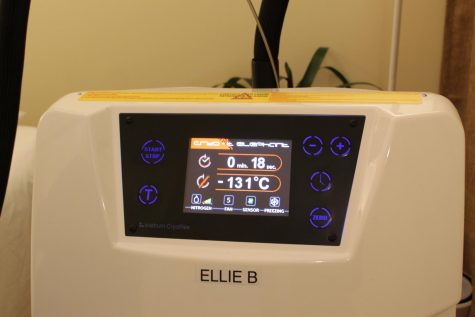
Fox said.
Cryotherapy is still used traditionally in the form of physical contact between ice and the skin. Redwood athletic trainer Americ Alvarado uses cryotherapy by applying ice packs for injury prevention and management.
“I learned to use cryotherapy as an injury prevention tactic through Hunting Response where you use ice to help provide blood flow to the area. Whenever you have an injury, the temperature will rise wherever the injury is and [cryotherapy] will reduce the temperature there to control your metabolism and manage swelling and inflammation,” Alvarado said.
Hunting Response is a condition that causes vasoconstriction (constriction of blood vessels) and sequentially vasodilation (dilation of blood vessels) in extremities with exposure to cold, according to Dove Med. Since vasodilation increases blood flow, it is used to treat injuries as well as conditions like high blood pressure and altitude sickness.
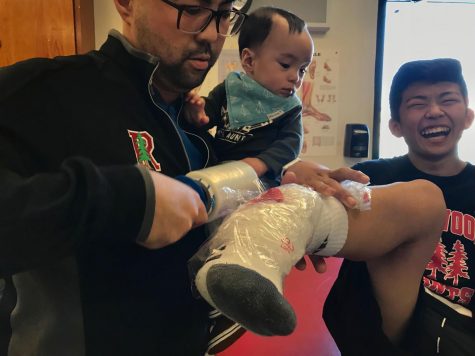
According to the Federal Drug Association (FDA), claims of cryotherapy’s healing properties include improvements of blood circulation and metabolism, recovery in soreness after workouts, relief of body pain and alleviation of symptoms of conditions such as Alzheimer’s, insomnia, arthritis and depression; however, the FDA states that there is insufficient publicly available information to determine the exact effects of such cold temperatures.
Alvarado believes that although there may be a lack of research on the true effects of cryotherapy, when used in the right parameters of time and temperature, it always benefits the body.
“I think one of the big side effects is that you feel good after. I’ve never heard somebody put ice on an injury and say ‘Oh my god, that was horrible.’ There’s always a good reaction to it,” Alvarado said.
Cryotherapy Wholebody’s clients range from ages eight to 90, and while its usual customers fall between 35 and 65, Kaufman stated that the company easily reaches teenagers through social media and word-of-mouth. According to Kaufman, the main reason that Redwood students come to receive treatment is for sports soreness and injuries.
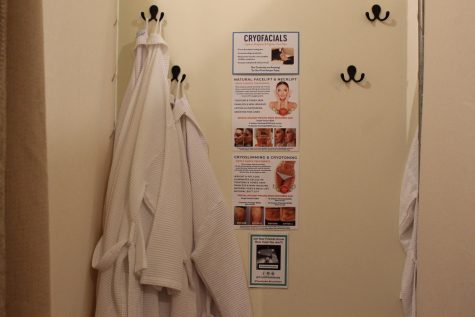
“We see a lot of teenagers come in who are overtraining and getting brutalized from team sports because [cryotherapy] is great for recovery as well as performance,” Kaufman said.
Kaufman, Alvarado and Fox all stated that the results of cryotherapy will vary for each person. According to Fox, while some customers do not return for treatments after receiving it once, others come in constantly.
“We have so many customers that come every day or multiple times a week because they’ve fallen in love with it,” Fox said. “It’s the thing that helps them reduce their pain [and it’s] the one thing that’s working for them. I think the hype isn’t overrated in the sense that if you do it continually you will most likely see results.”

